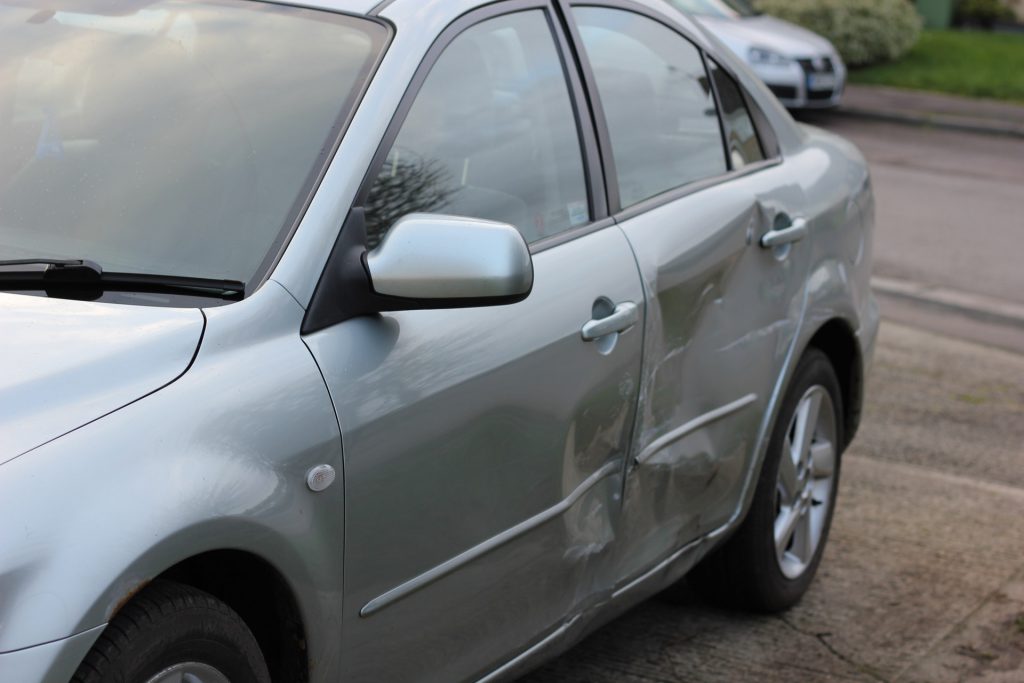Numbers of motor vehicle related deaths are holding steady in a disturbing pattern. The National Safety Council, based in Itasca, Ill., estimates that the death toll in 2018 reached 40,000. This is the third year in a row that motor vehicle deaths have approached this number. This troubling trend warrants a closer look at the causes of these fatalities and what we all can do to prevent car crashes.

We know that the roads are safer for motorists and pedestrians alike when drivers practice defensive driving. That means reducing the risk of collision by anticipating and avoiding dangerous situations, according to the NSC.
It also means paying attention to the basics, which includes: buckling up everyone in the car; avoiding distractions; never driving while impaired by drugs or alcohol; and not driving while fatigued. Additionally, learn about your car’s safety features and how to use them. For more information on how to prevent car crashes, read this article from the NSC.
Addressing the major causes
Distracted driving is one of the main causes of car crashes, when the driver’s attention is diverted from driving and he or she loses control of the vehicle. Distracted driving occurs when drivers believe they can multitask. Whether they are on their phone or eating, the additional actions result in less-than-full attention to the driving at hand and can result in disaster.
Another contributor to distracted driving is cognitive distraction. This is when the driver is thinking deeply about other things and is very unfocused on his or her driving. To prevent distracted driving incidents, drivers must be present mentally, and completely focused on driving the vehicle. They should do their best to shut out distractors and avoiding other tasks, such as switching radio stations or texting. Read more about the problem of distracted driving from the National Transportation Safety Board.
Driving under the influence of alcohol is the leading cause of highway accidents in America and makes up nearly 30 percent of motor vehicle deaths. The percentage of blood alcohol concentration limit is 0.08, but accidents can happen when levels are as low as 0.01 percent BAC.
Changes needed
To reduce numbers of alcohol-related accidents, several agencies, including the NTSB, are calling for stricter laws, with lower BAC levels, and more enforcement around drunk driving and testing. Responsibility is another key factor in this issue as well. A major push is to emphasize and reinforce the idea of taking responsibility for one’s actions.
After consuming alcohol, drivers or those around them must recognize that they cannot drive themselves and should proceed responsibly, finding another form of transportation if they need to be somewhere. The NTSB advocates that more regulation and people taking responsibility for their actions will make the roads safer for everyone.
It’s clear that we as drivers need to focus more on just driving. Distracted driving is a real threat to safety. And there is always a safer choice when it comes to consuming alcohol and getting behind the wheel. Driving while fatigued is as dangerous as drunk driving.
By practicing defensive driving and taking responsibility for our actions, we are sure to make the roads safer for everyone.
by Jack Mainellis